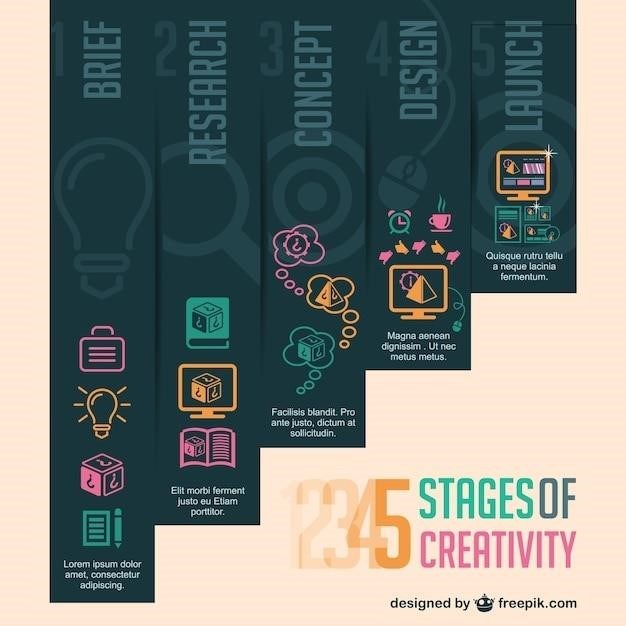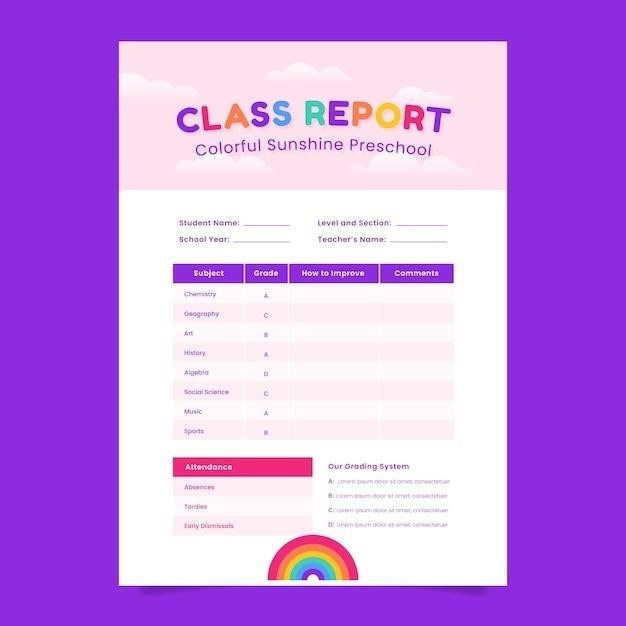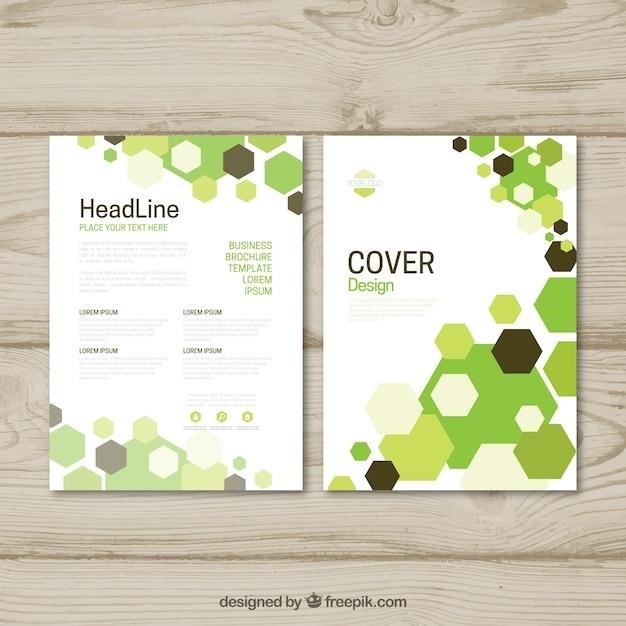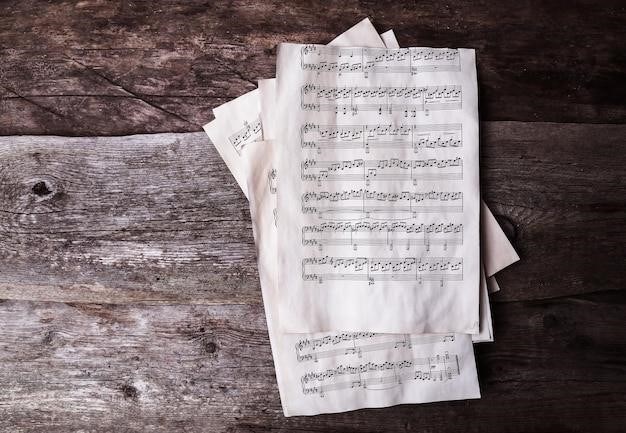
Finding “A Thousand Years” Piano Sheet Music
Finding sheet music for Christina Perri’s “A Thousand Years” is a breeze, with numerous online resources offering free and paid options. You can find PDF versions of the sheet music that are easily printable and ready for practice. Many websites provide different arrangements for various skill levels, making it accessible for beginners and experienced pianists alike.
Free Sheet Music Resources
The internet is a treasure trove for those seeking free sheet music. Sites like “SheetMusic-Free.com” offer a vast library of arrangements, including “A Thousand Years” by Christina Perri. This platform allows users to download and print sheet music for various instruments, including piano, guitar, and flute. Another excellent resource is “Musescore.com,” a community-driven platform where users can share and download sheet music for free. You can find “A Thousand Years” in various arrangements on Musescore, ranging from simple piano solos to more complex versions for piano and vocals.
However, it’s important to be mindful of copyright laws. While some websites offer free sheet music, it’s crucial to ensure that the arrangements are legally available for free distribution. Always check the website’s terms and conditions before downloading and printing sheet music.
Paid Sheet Music Options
While free sheet music resources are readily available, you might prefer the quality and legitimacy of paid sheet music. Platforms like “Sheet Music Plus” and “Musicnotes.com” offer a wide selection of “A Thousand Years” arrangements, often with high-quality PDFs and additional features. These platforms typically provide various arrangements for different skill levels, making them suitable for both beginners and advanced musicians. You can find versions for solo piano, piano with vocals, and even instrumental arrangements for other instruments.
Another option is to purchase sheet music directly from the publisher, which ensures you’re supporting the original creators. Many publishers like Hal Leonard Music Publishing offer “A Thousand Years” sheet music in various arrangements and formats. The advantage of purchasing from the publisher is often access to high-quality sheet music with detailed annotations and even interactive features for digital versions.
Arranging for Different Instruments
While “A Thousand Years” is most commonly known for its piano arrangements, you can find sheet music adapted for various instruments. If you’re a guitarist, you can find tablature and chord charts for both acoustic and electric guitar, allowing you to play the song in a different style.
The song is also popular for wind instruments like the flute and saxophone, with arrangements available online and in printed form. For those who prefer a stringed instrument, you can find violin and cello sheet music, offering a more classical feel.
Furthermore, you can even find sheet music for ensembles, including piano and vocal arrangements for duets or trios. This allows you to enjoy playing the song with others, creating a richer and more collaborative musical experience.
Playing “A Thousand Years”
Playing “A Thousand Years” on the piano can be a rewarding experience. The song’s simple melody and straightforward chords make it accessible for pianists of all levels. Start by practicing each section separately, focusing on getting the notes and rhythms correct. Once you’ve mastered the individual parts, you can combine them to play the song in its entirety.
As you practice, pay attention to the dynamics and phrasing of the music. Use your expression to convey the song’s emotional depth and tenderness. Consider adding your own interpretation, such as slight variations in tempo or dynamics, to make the performance uniquely your own. Playing “A Thousand Years” is not just about hitting the right notes but also about capturing the song’s essence and sharing its beauty with others.
Remember, practice makes perfect. As you continue to play and refine your performance, you’ll discover the joy of bringing this beloved song to life through your piano playing.
The Popularity of “A Thousand Years”
Christina Perri’s “A Thousand Years” has enjoyed immense popularity since its release in 2010. Its soaring melody, heartfelt lyrics, and enduring message of love have resonated with audiences worldwide. The song’s use in the popular “Twilight” film series further propelled its fame, making it a wedding staple and a beloved ballad for many. The song’s accessibility and emotional depth have also made it a popular choice for piano arrangements, attracting both amateur and professional pianists.
The availability of sheet music for “A Thousand Years” has undoubtedly contributed to its enduring popularity. With countless versions available online, aspiring pianists can easily learn and perform this cherished song, making it a staple in many piano repertoires. The song’s universal appeal and its timeless message of love continue to inspire musicians and listeners alike, ensuring its enduring popularity for years to come.
Understanding Sheet Music
Sheet music is a visual representation of musical notation, providing a roadmap for musicians to play a piece. Understanding the symbols and conventions of sheet music is essential for any aspiring pianist, allowing them to decode the musical language and bring melodies to life.
Key Signatures and Time Signatures
Key signatures and time signatures are fundamental elements of sheet music that provide crucial information about the musical piece. Key signatures indicate the key in which the piece is written, determining the sharps or flats that need to be applied to certain notes throughout the music. For example, the key signature for “A Thousand Years” is Bb Major, indicating that the notes Bb, Eb, Ab, Db, Gb, and Cb are all flatted throughout the piece. This information helps musicians understand the tonal center and the overall sound of the music.
Time signatures, on the other hand, specify the rhythmic structure of the music. They are represented by two numbers stacked on top of each other, with the top number indicating the number of beats in each measure and the bottom number indicating the type of note that receives one beat. For instance, a 4/4 time signature indicates that there are four quarter notes in each measure. Understanding time signatures helps musicians maintain a consistent tempo and rhythmic flow throughout the performance.
Reading Notes and Chords
Sheet music uses a standardized system of notation to represent musical notes and chords, enabling musicians to read and interpret the written music. Notes are represented by symbols on a staff, with their vertical position indicating their pitch. The staff is divided into five lines and four spaces, with each line and space representing a specific note. The higher the note on the staff, the higher its pitch. Chords are combinations of notes played simultaneously, and they are represented by symbols that indicate the individual notes within the chord. For example, a C major chord would be represented by the notes C, E, and G played together.
Understanding how to read notes and chords is essential for playing from sheet music. Musicians need to be able to identify notes and chords on the staff, understand their relationships to each other, and translate the written notation into actual musical performance. This involves recognizing the symbols, understanding the rhythmic values of notes, and interpreting the dynamics and articulations indicated by the sheet music.
Practice Tips
Mastering “A Thousand Years” on the piano requires consistent practice. Start by breaking down the piece into smaller sections, focusing on individual phrases or measures. Practice each section slowly and accurately, gradually increasing the tempo as you gain proficiency. Pay attention to the dynamics and articulations indicated by the sheet music, ensuring your performance reflects the intended nuances. Use a metronome to help you maintain a steady tempo and develop rhythmic precision. Regular practice sessions, even for short periods, can significantly enhance your playing skills and help you memorize the piece.
Don’t hesitate to utilize online resources like YouTube tutorials or interactive sheet music platforms that can provide guidance and visual aids. Focus on developing a strong foundation in reading notes and chords, as well as understanding the structure and flow of the piece. Listen to Christina Perri’s original recording to familiarize yourself with the song’s melody and phrasing. Remember, practice makes perfect, so persevere, and you’ll be playing “A Thousand Years” beautifully in no time.
The Benefits of Playing from Sheet Music
Playing from sheet music offers numerous benefits beyond simply learning a song. It fosters a deeper understanding of musical notation, enhancing your ability to read and interpret music. This skill translates to playing a wider range of pieces, opening doors to new musical experiences. Moreover, learning from sheet music improves your sight-reading skills, allowing you to navigate unfamiliar pieces with greater confidence and accuracy. Furthermore, sheet music provides a structured framework for practice, ensuring you focus on specific sections and develop a comprehensive understanding of the piece’s structure and dynamics.
Beyond technical improvements, playing from sheet music cultivates a sense of discipline and accomplishment. Successfully navigating a piece of music from notation instills a feeling of pride and satisfaction, motivating you to continue learning and expanding your repertoire. The challenge of mastering a piece through sheet music can be a rewarding experience, fostering a deeper connection with the music and enhancing your appreciation for the artistry involved in creating and performing it.
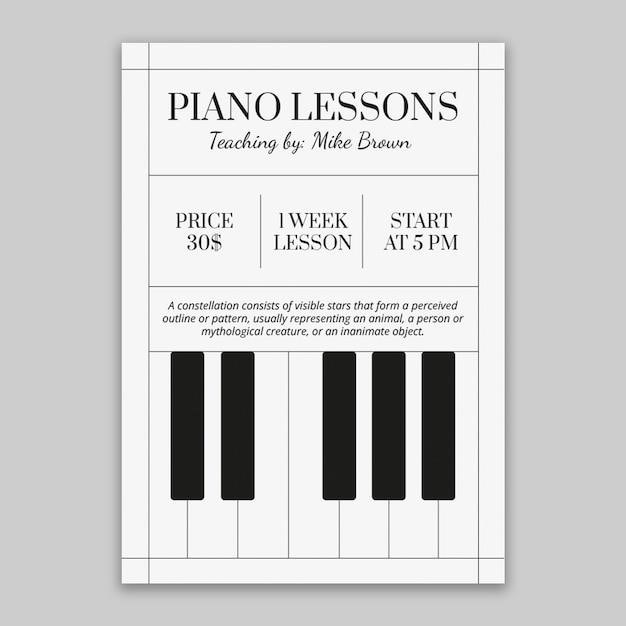
Beyond the Sheet Music
While the sheet music provides a foundation for learning “A Thousand Years,” exploring the song’s context and meaning can enhance your musical journey.
Learning About Christina Perri
Christina Perri, the artist behind “A Thousand Years,” is a captivating singer-songwriter known for her heartfelt lyrics and emotive vocals. Born in 1984, Perri’s musical journey began in her early years, fueled by a passion for music and songwriting. Her breakthrough came in 2010 with the release of her debut album, “Love Songs for the Broken Hearted,” featuring the now-iconic “Jar of Hearts.” The song’s raw emotion and relatable lyrics resonated deeply with audiences, propelling Perri into the spotlight. She followed with a series of successful albums, including “The Girl,” “Head or Heart,” and “Songs for the Hopeless,” solidifying her position as a powerful voice in contemporary pop music. Perri’s music explores themes of love, loss, and finding strength in vulnerability, making it resonate with a wide range of listeners.
Beyond her musical achievements, Perri is known for her active presence on social media, connecting with fans and sharing insights into her creative process. She is a strong advocate for mental health awareness and uses her platform to encourage open dialogue and support. Understanding Christina Perri’s background and artistic vision can provide a deeper appreciation for “A Thousand Years” and its emotional impact.
The Meaning Behind the Song
“A Thousand Years” is a poignant love ballad that explores the enduring power of love and commitment. The song’s lyrics, penned by Christina Perri and David Hodges, paint a picture of a love that transcends time and challenges, suggesting a deep connection that will last for eternity. The imagery of “a thousand years” signifies a love that is unwavering and timeless, a promise of devotion that endures through the passage of time. The chorus, with its powerful declaration of “I’ll love you for a thousand years,” encapsulates the song’s central theme of unwavering love.
The song’s emotional resonance is amplified by its use of metaphors and evocative language. Phrases like “heart beats fast,” “colors and promises,” and “watching you stand alone” create a vivid tapestry of emotions, capturing the vulnerability, hope, and strength associated with enduring love. “A Thousand Years” has become a popular choice for weddings and romantic occasions, reflecting its timeless message of love and devotion. Its profound lyrics and captivating melody have resonated with audiences worldwide, making it a truly enduring and beloved song.
Exploring Other Piano Pieces
Once you’ve mastered “A Thousand Years,” you might be eager to explore other piano pieces that offer similar emotional depth and technical challenge. There are many beautiful and popular piano pieces to discover, ranging from classical masterpieces to contemporary hits. For those who enjoy the romantic and lyrical nature of “A Thousand Years,” you might consider exploring pieces by composers like Chopin, Debussy, or Rachmaninoff. Their works often feature intricate melodies, expressive harmonies, and a captivating emotional range. If you’re looking for something more modern, you could explore pieces by composers like Ludovico Einaudi, Yann Tiersen, or Philip Glass, who have created stunning and evocative piano works that are both accessible and emotionally resonant.
The world of piano music is vast and diverse, offering a wealth of options for every taste and skill level. Don’t be afraid to experiment and explore different genres and styles. You might find your next favorite piano piece in a surprising place!
The Joy of Music Making
Learning to play “A Thousand Years” on the piano can be a deeply rewarding experience; It’s not just about mastering the notes and chords, but about connecting with the music on an emotional level. Playing an instrument, especially a beloved song like this, can be a source of immense joy and fulfillment. It allows you to express yourself creatively, release stress, and connect with others through the shared language of music. Whether you’re playing for yourself or for an audience, the act of making music can be incredibly powerful and therapeutic.
So, as you embark on your journey of learning “A Thousand Years,” embrace the process. Enjoy the challenge, the moments of triumph, and the joy of creating something beautiful with your own hands. The music will become a part of you, and the experience will enrich your life in countless ways.
